A Complete Guide To Put Line onto a Fishing Reel
Fishing is a very popular sport. People of all ages can enjoy this recreation. Fishing will allow you to relax and take in the fresh air. If you’re an avid angler, you know that a well-loaded fishing reel is crucial for a successful day on the water.
It can be a very relaxing sport for physical and mental health. You will need to make sure that you have the right equipment for fishing. A fishing reel is an important part of your fishing equipment. This reel is a device that is used to store the line and allow you to retrieve it. It has a handle, spool, and gears.
Whether you are a seasoned pro or a beginner, knowing how to properly spool a fishing reel with a fishing line can make all the difference in your catch.
In this article, I am going to tell you how to put a line onto a fishing reel? So let’s begin from here.
Steps To Put Line Onto A Fishing Reel
A fishing reel is a mechanical device made to spin the fishing line to cast your bait into the water. For beginners, it can be very difficult to spin a fishing reel properly. It takes practice and patience to master this skill, but once you do you will be able to catch more fish.
- The first step is to attach a fishing rod with a reel after pushing the metal pin through the center of the reel spool.
- Then insert a handle into the side of the reel and tighten so that there are no gaps between the handle and the reel body.
- Turn on the power lever, which will pull the fishing line through the reel.
- When you are ready to cast, push the lever down and pull back on the handle.
The importance of having the right line on your fishing reel
It is important to put a line on the reel if it is broken or damaged while using. Otherwise, you can’t catch the fish easily and it is also possible that you may injure your hand while fishing. To catch all types of fish, you need to repair your reel whenever it is needed.
You should do it as soon as possible to have full recreation and fun of fishing. For this purpose, you must know how to put the line on a reel.0
Types of Fishing Reels [Different kinds of lines and their uses]
Fishing may be an ancient art, but that certainly doesn’t mean anglers aren’t constantly striving to improve their equipment. The first fishing reels were made out of wood through the Ancient Egyptians and Chinese around 2,000 BC. Today’s fishermen have a wide variety of reels to choose from depending on what kind of fish they’re trying to catch and where they’ll be fishing.
When you have to choose the best way to put a new line on a fishing reel then there are two main types of fishing reels so; you can easily choose the one that is suitable for you. These basic types are spinning fishing reels and fly fishing reels.
01: Spinning Fishing Reels
The types of Fishing Reels include:
i- Spincast Reels
Spincast reels are one of the most popular types of fishing reels. They’re great for beginners because they’re easy to use and inexpensive. A spin-cast reel is a closed-face reel that uses a lever to cast the line.
The lever is attached to a spring-loaded mechanism that shoots out the line when you pull it back.
ii- Baitcasting Reels
These are more commonly used for casting than spinning reels. They are very similar to spinning reels, but slightly different designs. The spool is located on the left side of the reel and the handle is on the right side. The handle is easy to grip and has a comfortable rubber coating.
This reel is available in a variety of sizes, from 5/6 to 10/12. The model I have here is the 8/9 size.
iii- Spinning Reels
This is a nice and sturdy fishing reel that can be used for both saltwater and freshwater fishing. It has a strong graphite body with an aluminum spool, which makes it lightweight but also very durable. The reel is easy to use and the bail is easy to open.
The drag system is adjustable for putting a fishing line on a spinning reel, which makes it easier to adjust the tension for different types of fishing.
02: Fly Fishing Reels
Fly fishing reels are the heart of the sport. To catch fish, you must have a good reel. The reason for this is that it needs to be able to stand up to hours upon hours of casting and fighting big fish in rough water conditions.
A fly fisher is only as good as his or her equipment and a good fly fishing reel with line is essential for any angler looking to get the most out of their time on the water.
What kind of Fishing line do I need?
When it comes to adding a fishing line to the reel, you will have several different options. If you are new to the sport or just starting, then you must consider your budget while also thinking about how often you will be using the line and what type of fish you want to catch.
Types of Lines
There are two main types of lines, in general: a natural line and an artificial line.
Natural Line
The former is the fish you want to target, while the latter refers to the species you will attract with your offering. A natural fishing line has numerous benefits.
It can entice a wider variety of fish with its odorless and scentless characteristics, as well as draw fish in from farther away due to its thin diameter which creates less resistance against the water.
Artificial Fishing Lines
On the other hand, artificial fishing lines are usually made of a thicker material and contain chemicals that make them visible to fish. These lines are also used for a variety of reasons, such as to entice fish in shallower waters or to catch fish that are more difficult to catch.
The differences between artificial fishing lines and natural fishing lines are not always obvious, but the different types of fishing lines are useful for a variety of reasons. For example, natural fishing lines are ideal for freshwater fishing, while artificial fishing lines are best for saltwater fishing.
How to SpoolLine on a fly reel?
While spooling a line on a fly reel can be a tricky process, with a little patience and knowledge, you can do it quickly, easily, and cleanly. This article covers the step-by-step procedure for spooling lines on a fly reel from start to finish.
Before you begin, it is important to note that fly reels have a front and back. The front of the reel is where the handle is located, and the back of the reel is where the spool of the line sits. When threading the backing onto the spool, it is important to keep this in mind.
Step 1: Remove any line from the spool of your reel.
Step 2: Hold the end of your backing material with one hand and use the other hand to apply a small amount of fabric glue.
Step 3: Apply the glue to the wrong side of your binding, just a little bit at a time. This will allow you to spread it evenly and avoid globs or wrinkles.
Step 4: Smooth the binding down onto the front of your quilt, being careful not to get any glue on the front of your quilt. If you do get some glue on the front, it will dry clear and won’t show when you are done.
Step 5: Trim the excess binding off of the back of your quilt.
Step 6: Now it’s time to trim the front of your quilt. You will want to cut a straight line across the front of your quilt, parallel to the side edges.
Step 7: Next, you will want to trim the back of your quilt. You will want to cut a straight line across the back of the quilt, from one side to the other. You will want to make sure that you are cutting off enough of the back so that your new binding will be able to cover it up. You can measure this out by folding your quilt in half and measuring the length of the folded quilt. You will want to cut off about an inch or two more than that measurement.
Step 8: Next, you will want to trim your binding down to size. You will want to cut the binding down to about 1/4″ shorter than your quilt.
Step 9: To attach the binding, you will want to fold it in half lengthwise and then fold it in half again width-wise. You will want to pin the binding to the back of your quilt.
Step 10: Sew the binding onto your quilt using a 1/4″ seam allowance. Start sewing at one corner and sew all the way around, leaving about a 6″tail at the beginning.
Step 11: Trim the excess binding from the back of your quilt. Then, fold the tail over to the front and hand stitch it down to secure it.
Step 12: To make a hanging loop, thread the wire through the eye of a needle and tie a knot in the end.
Step 13: Pull the needle through one of the holes in the bead cap.
Step 14: Thread on a small bead or two to the top of the ring.
Step 15: String on a bead cap and another small bead or two.
Step 16: String on a second ring, and repeat steps 14-15 to make the other earring.
Step 17: String on a bead, and make a wrapped loop. String on another bead, and make another wrapped loop. Repeat this process until you have 4 beads between the two loops.
How to Clean a Fishing Reel?
Cleaning your fishing reel is an important part of taking care of it. It will help you avoid corrosion and extend the life of your reel. You can clean your fishing reel using these steps:
- Wash your fishing reel with warm water and mild soap.
- Use a toothbrush to scrub any areas that are hard to reach.
- Rinse the reel thoroughly with clean water.
- Pat dry with a towel.
- Apply a light coat of lubricant to the reel.
- Store your fishing reel in a dry place. If you don’t have a reel case, wrap it in a soft cloth and store it in a safe place.
Conclusion
The fishing reel needs to be in good condition for you to use it effectively. Taking care of your reel will allow you to enjoy using it for many years.
Learning how to put a line onto a fishing reel can be fun and simple. You need to make sure that you take good care of your fishing reel so that it will last for many years.
If you have liked this article then please share it with your friends and mention your feedback below. Thank you!

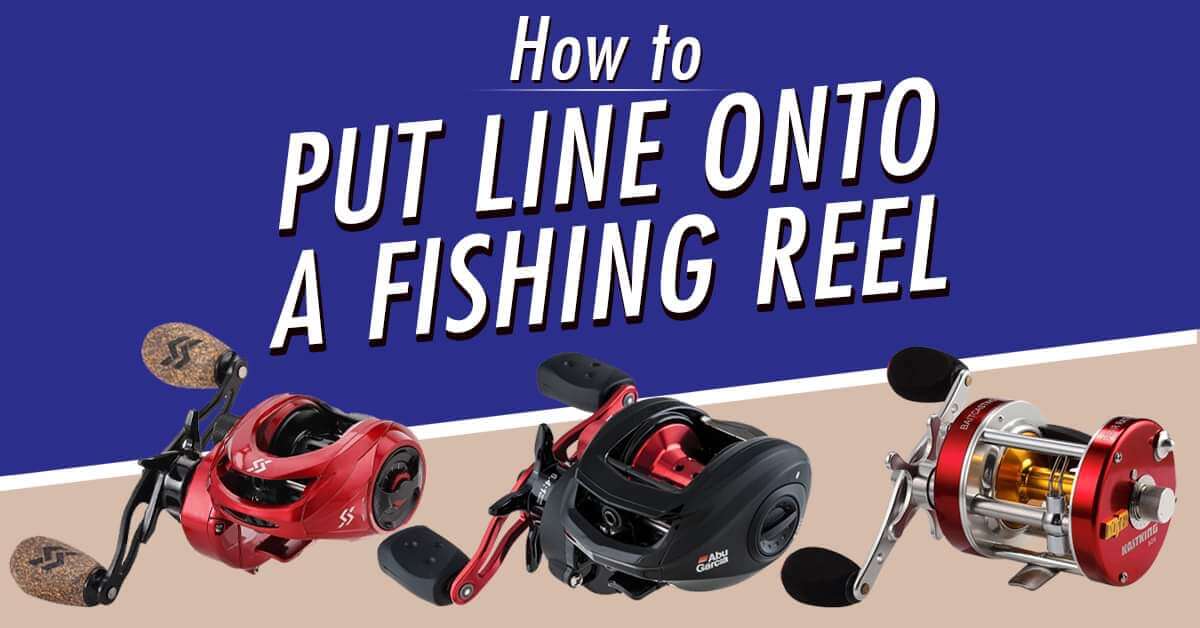

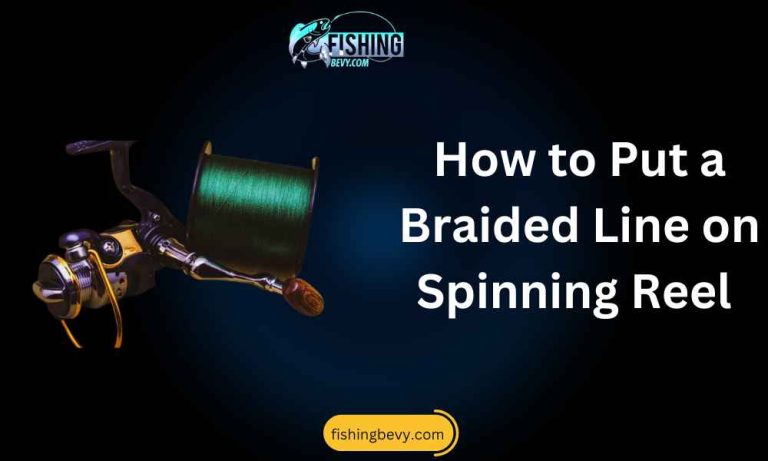
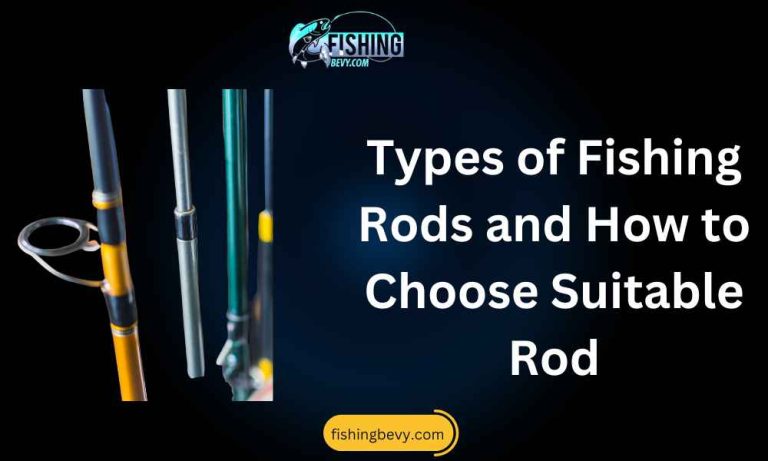
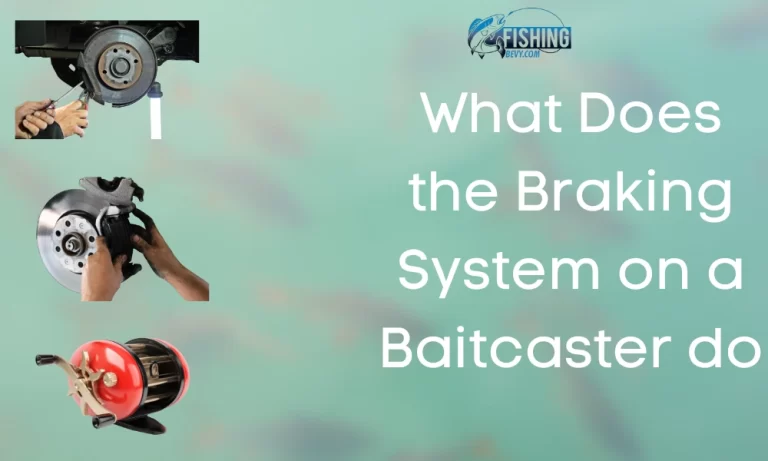

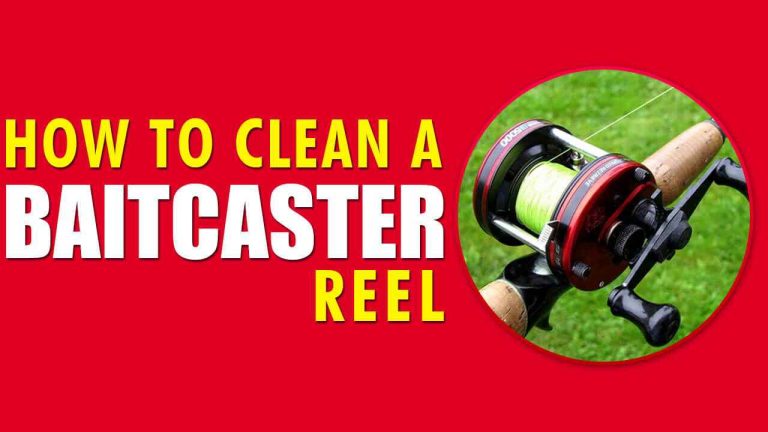
it has been 35 years since i went know i want to teach my grand son and found your article accurate.